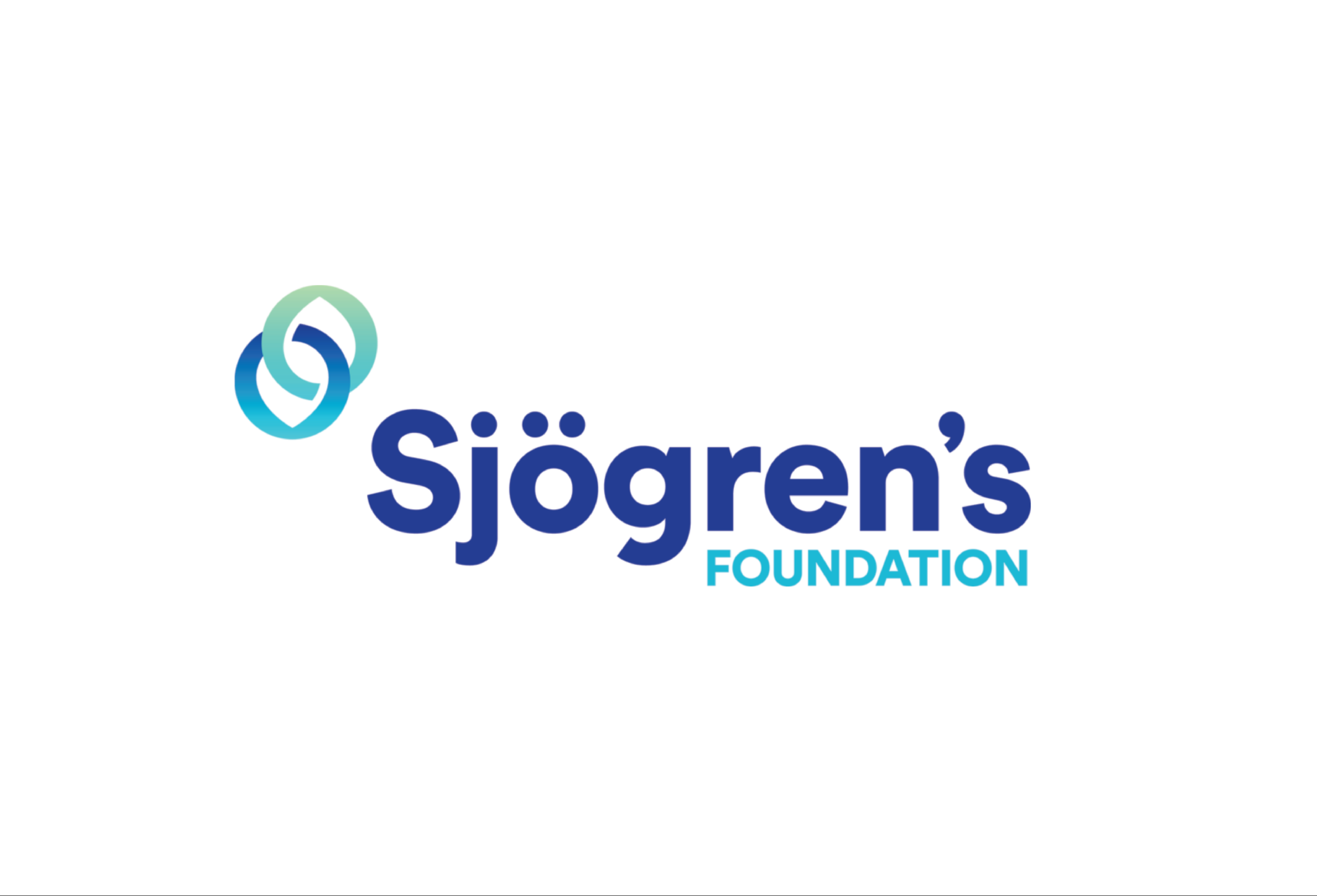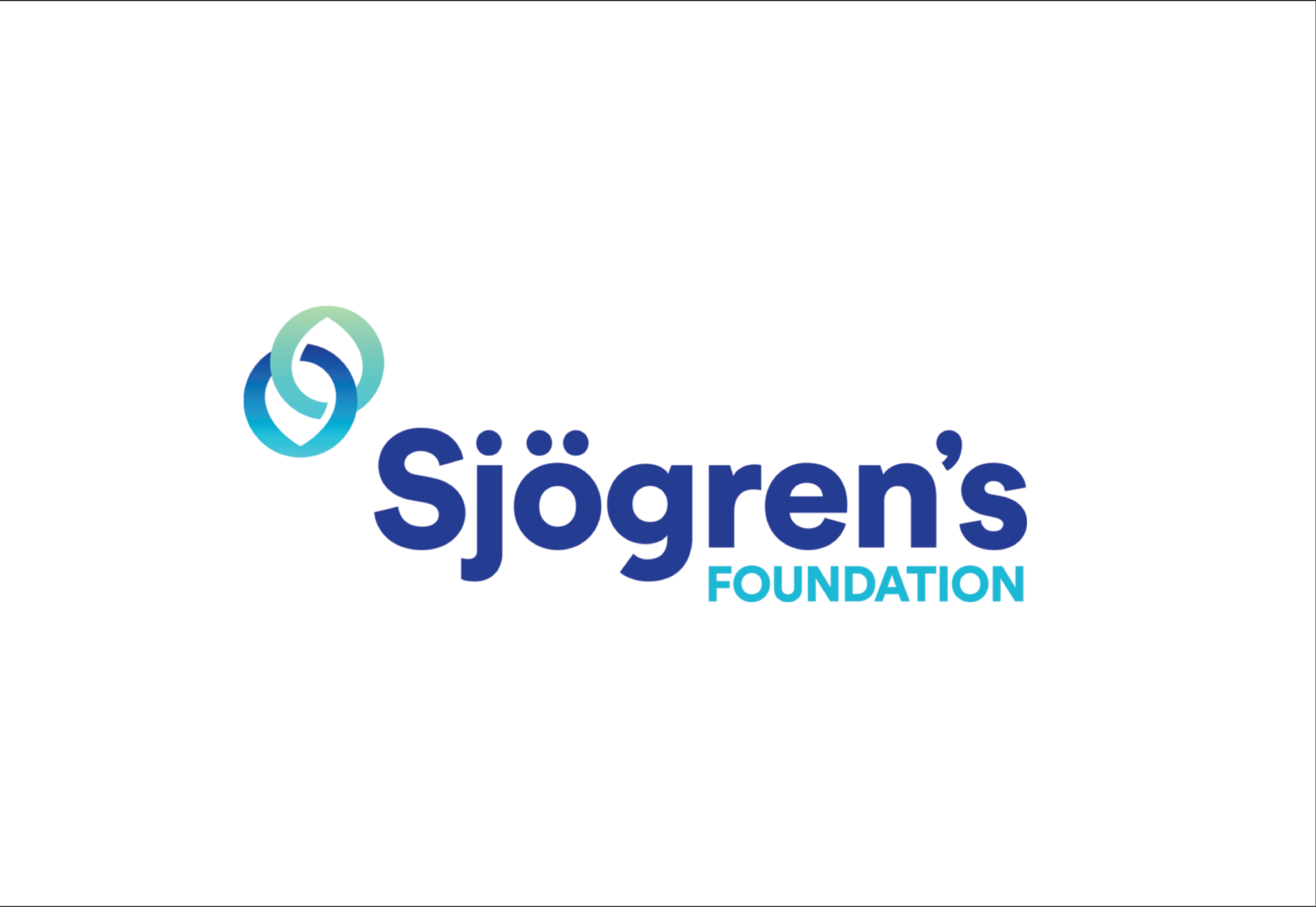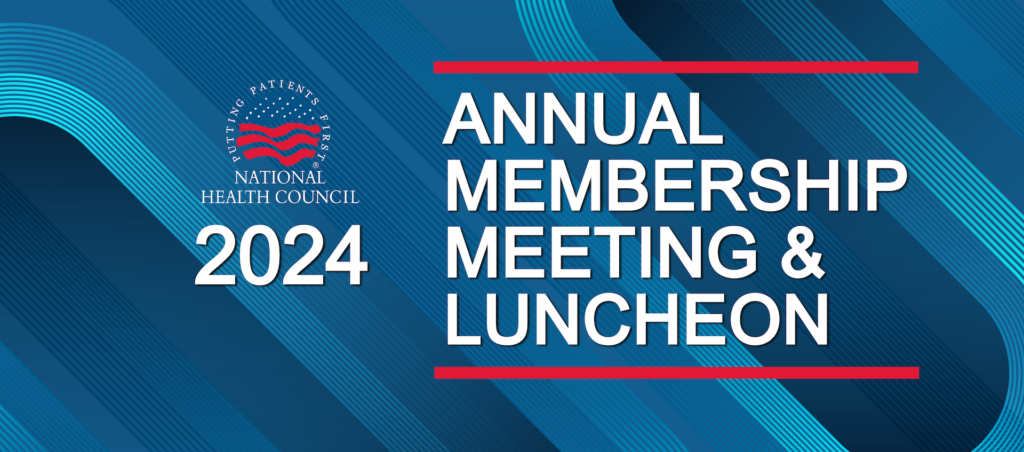

Guest Blog: Sjögren’s: A Misunderstood and Underdiagnosed Autoimmune Disease
By: Janet E. Church, President and CEO, Sjögren’s Foundation
April is Sjögren’s Awareness Month, a time designated to amplify awareness about Sjögren’s disease — a serious and systemic autoimmune disease affecting approximately four million Americans. Sjögren’s has been gravely misunderstood as a set of dryness symptoms, that are a nuisance to people living with the disease. Rather, Sjögren’s is a disease that impacts the entire body. Along with symptoms of extensive dryness throughout the body, other serious complications include profound fatigue, chronic pain, major organ involvement, neuropathies, and lymphomas. There are no specific therapies to manage Sjögren’s.
As part of our April Awareness campaign, the Sjögren’s Foundation highlights 30 patient stories reflecting the diversity of our patient population, as well as the complexity and range of their disease manifestations. We encourage you to view our April Awareness Patient Stories and gain a unique perspective from the patient’s viewpoint while diving deeper into understanding how this disease impacts each patient differently.
Celebrating 40 years of Progress
The Sjögren’s Foundation is proudly celebrating 40 years of progress! We were founded in 1983 by a strong patient and provider relationship that aimed to increase awareness of Sjögren’s and offer support to patients. As part of the 40th anniversary, the Foundation — with the support of Congressman Morelle from New York — presented a new resolution to the House of Representatives (HRes 1094) declaring April as Sjögren’s Awareness Month and recognizing Sjögren’s as a serious and systemic autoimmune disease. This resolution fixes over 30 years of old language and provides current knowledge of Sjögren’s for government agencies to refer to when funding research. If you would like to read the Congressional resolution please visit congress.gov.
Understanding Sjögren’s
Sjögren’s is not a rare disease. With approximately four million Americans estimated as living with the disease, Sjögren’s is the second most prevalent autoimmune rheumatic disease. Historically, Sjögren’s has been thought to be only an older woman’s disease, when in fact it can affect anyone at any age. Additionally, 30-40% percent of Sjögren’s patients also have the presence of another autoimmune connective tissue disease such as Rheumatoid Arthritis, Lupus, or Scleroderma, which makes it more difficult for a patient to get diagnosed with Sjögren’s.
Sjögren’s is often misdiagnosed or underdiagnosed. Experts estimate that 50% (approximately two million Americans) are undiagnosed and therefore not treated. Misconceptions about who Sjögren’s affects, limited health care provider knowledge about the disease, and no single, gold-standard diagnostic test often lead to misdiagnosis and underdiagnosis. These issues delay treatment that help slow progression of the disease and minimize its impact on quality of life.
There are two major misconceptions about Sjögren’s. The first is that Sjögren’s only affects older women. While nine out of 10 patients are female, Sjögren’s can affect anyone at any age. Read 4-year-old Skarlett’s story and Vince’s story about pain in our April Awareness patient stories.
The second misconception is that Sjögren’s is only dry symptoms. While the majority of Sjögren’s patients experience dry eyes and dry mouth, Sjögren’s impacts each patient differently. As Sjögren’s is a systemic disease that presents differently in patients, patients commonly have five to seven health care providers to guide them to help manage the disease. The physicians that a patient generally sees, in addition to their primary care provider, are optometrists, dentists with experience in Sjögren’s, rheumatologists, otolaryngologists (ENT), nephrologists, pulmonologists, gastroenterologists, cardiologists, and neurologists. In some cases, lifestyle changes can help certain symptoms such as fatigue, pain, and gastrointestinal reflux. In most cases, a disease management plan includes prescription medications and over-the-counter products. Because of the number of physician visits, medications, and over-the-counter products needed to live comfortably and slow potential progression, Sjögren’s is a very expensive disease for patients.
There is no universally recognized progression of Sjögren’s disease. While some people experience mild discomfort, others may experience a significant physical and emotional burden that prevents a reasonable quality of life. Variability in symptoms across the patient population can make it challenging for patients and their physicians to manage the disease.
NOTE: If you or someone you love experiences unexplained fatigue, dry eyes/mouth/nose, joint and/or muscle pain, or postural orthostatic tachycardia syndrome (POTS), please talk with your doctor about Sjögren’s.
Sjögren’s Research and Therapies
We are at an exciting time for Sjögren’s as more basic and clinical research has come to the forefront. Currently, there are 16 systemic therapies in clinical trials: three (3) in Phase 1, nine (9) in Phase 2 and four (4) in Phase 3 in 2024. We hope that this pipeline of therapies is successful and that we have multiple therapies come to market for patients living with Sjögren’s.
Together we can conquer the complexities of Sjögren’s and improve the quality of life for all Sjögren’s patients.
Learn about Sjögren’s clinical trials. Visit www.sjogrens.org to learn more about Sjögren’s and the Sjögren’s Foundation.
Sjögren’s Foundation is a member of the National Health Council. For more information on NHC membership, please email membership@nhcouncil.org.


